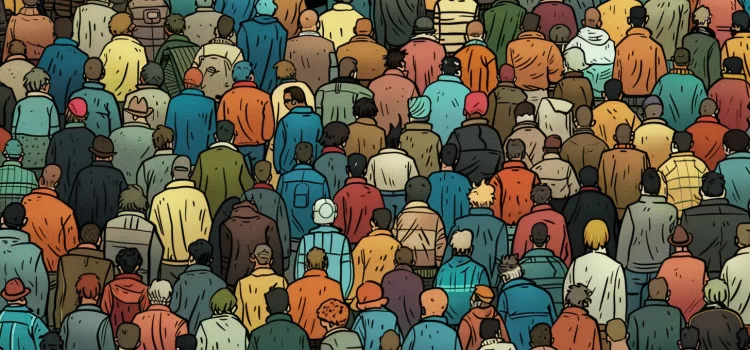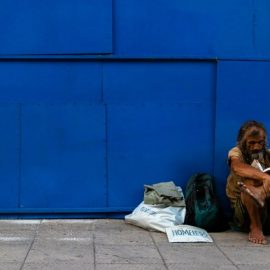
Why is homelessness increasing? What societal factors affect the homeless population?
Homelessness in America has reached a high point in recent years. There are many reasons why the housing crisis isn’t getting any better, and they mainly point to systematic and policy issues.
Learn more about the factors that are causing the unhoused population to grow every year in America.
Policy Shortcomings and Societal Factors
Have you ever wondered why homelessness is increasing? The rise in the number of homeless individuals can be linked to shortcomings in policy formulation and various societal factors.
Worldwide, the challenge of homelessness is widespread, with approximately 1.8 billion people lacking adequate housing and nearly 150 million completely without shelter. Economic conditions, government policy decisions, and deep-seated inequalities all significantly contribute to this pervasive problem. In Massachusetts alone, the number of individuals without homes saw an approximate rise of 33% between 2012 and the time of the report. Below, we’ll look at five reasons why it’s hard to get the housing crisis under control.
1. Underestimated Numbers
Annual surveys show that the homeless population in the United States fluctuates, often falling between 500,000 and 600,000 individuals. However, these counts likely underestimate the true numbers as they miss hidden populations.
2. Various Forms of Homelessness
Homelessness manifests in various forms, ranging from invisible individuals to those temporarily without shelter, as well as people experiencing sporadic bouts of homelessness or entrenched in a persistent homeless condition. A considerable portion of the American population grapples with housing instability, exposing them to the risk of homelessness or struggling to pay rent. This situation is exacerbated by rising housing prices and the ever-present danger of eviction, suggesting an impending increase in homelessness.
3. Historical Context and Systemic Issues
The homelessness crisis began in the 1980s, marked by the closure of Long Island access, which led to the disappearance of shelter and addiction recovery services. This event underscored the deep-seated problems in housing and healthcare systems. The issue is intensified by entrenched societal exclusion, including racial discrimination, insufficient governmental funding, and the impact of urban renewal and development. A significant portion of the homeless demographic consists of Black Americans.
4. Impact of Urban Development
In Boston, the construction of high-end homes resulted in a reduction of reasonably priced housing options for the less affluent, thereby intensifying the challenges associated with homelessness. The rising numbers of individuals without homes during severe winter seasons underscore the inadequacy of the system to ensure consistent housing.
5. Limitations of Past Efforts
Despite allocating considerable resources, such as the substantial $1.2 billion bond in Los Angeles and the extensive $12 billion initiative in California, these efforts have not fully addressed the challenge of homelessness. The task of enumerating people who lack permanent residences is complex due to the varied characteristics of these individuals and because some may temporarily stay with acquaintances or relatives, potentially resulting in their omission from counts.
Previous attempts to provide aid to the homeless fell short due to a lack of sustained care and support. Interestingly, during the COVID-19 pandemic, it was thought that homeless individuals in Boston living outside might have had some level of defense, which helped mitigate the harshest impacts of the virus.
As you can see, addressing homelessness is a complex issue that requires comprehensive, long-term solutions and a deeper understanding of the various factors contributing to this growing problem.






